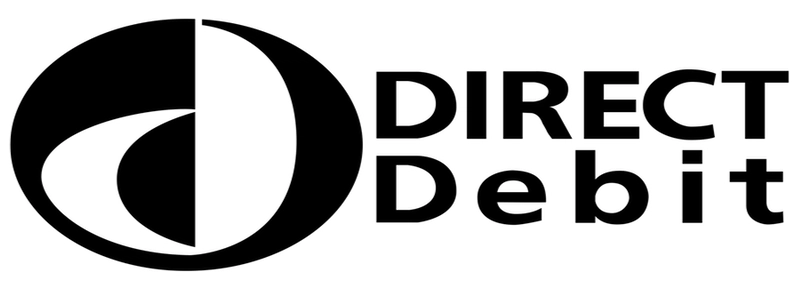A Direct Debit and standing order may appear like the same thing, but there are crucial differences between them – functionally and legally.
Add to that the fact that not all business accounts can do them both, so you should be clear on which are required for your finances.
To go into the distinction, let us first define what each of the account payments are.
Standing orders
A standing order is a regular payment of a fixed amount that the account holder has instructed the bank to do. The transfer can go to another bank or building society account, which could be a personal or company account.
The account holder has full control over standing orders, as they decide the amount, date of transfer and end date of the payments. The receiver has no control over these payments.
Standing orders are commonly used for paying rent to a landlord or scheduling money to go to a savings account every month, but you can use them for any personal or professional purpose.
You can set up standing orders if you have a current account, basic bank account or certain prepaid cards.
Direct Debits
A Direct Debit is when the account holder has authorised a company or organisation to collect varying amounts of money from their bank account, as long as the creditor has given advance notice of the collection dates and amounts.
Any change of Direct Debit amounts has to be communicated to the account holder for a chance to approve it before the money is taken on the given date.
In the UK, ‘Direct Debit’ is capitalised because it’s a scheme handled by one company, Bacs Payment Schemes Limited which is part of Pay.UK.
It has a logo to encourage familiarity and trust among users – and popular it certainly is, because it’s the third most used payment method after debit card and cash.

Direct Debits are typically used for paying regular bills like gas, broadband and Council Tax. It’s normal for the account holder to receive an email or letter in advance of a price rise, usually weeks or even months before the bill goes up. If you make changes to a subscription or owe different amounts for your phone bill every month, you’ll receive a shorter notice such as 10 days.
Holders of current accounts, basic bank accounts and some prepaid cards can set up Direct Debits.
See also: How does a business overdraft work?
Differences between Direct Debit and standing order
Whereas Direct Debits authorise a creditor to take the money owed to them (which could be different amounts, sometimes on different dates), a standing order only transfers the exact amount chosen by the account holder (which may or may not be money owed).
With a Direct Debit, your bank also has to pay you back any incorrect amounts if a mistake was made – that’s what the Direct Debit Guarantee is about and what makes it more secure. In contrast, banks are not liable to make any corrections or reversals of standing order payments.
If you want total control over the automatic payments, a standing order gives you that since the payer specifies the amount and collection dates on a schedule. Direct Debits, on the other hand, can be more convenient with variable bill amounts, since the creditor adjusts the payment details on behalf of the debtor.




